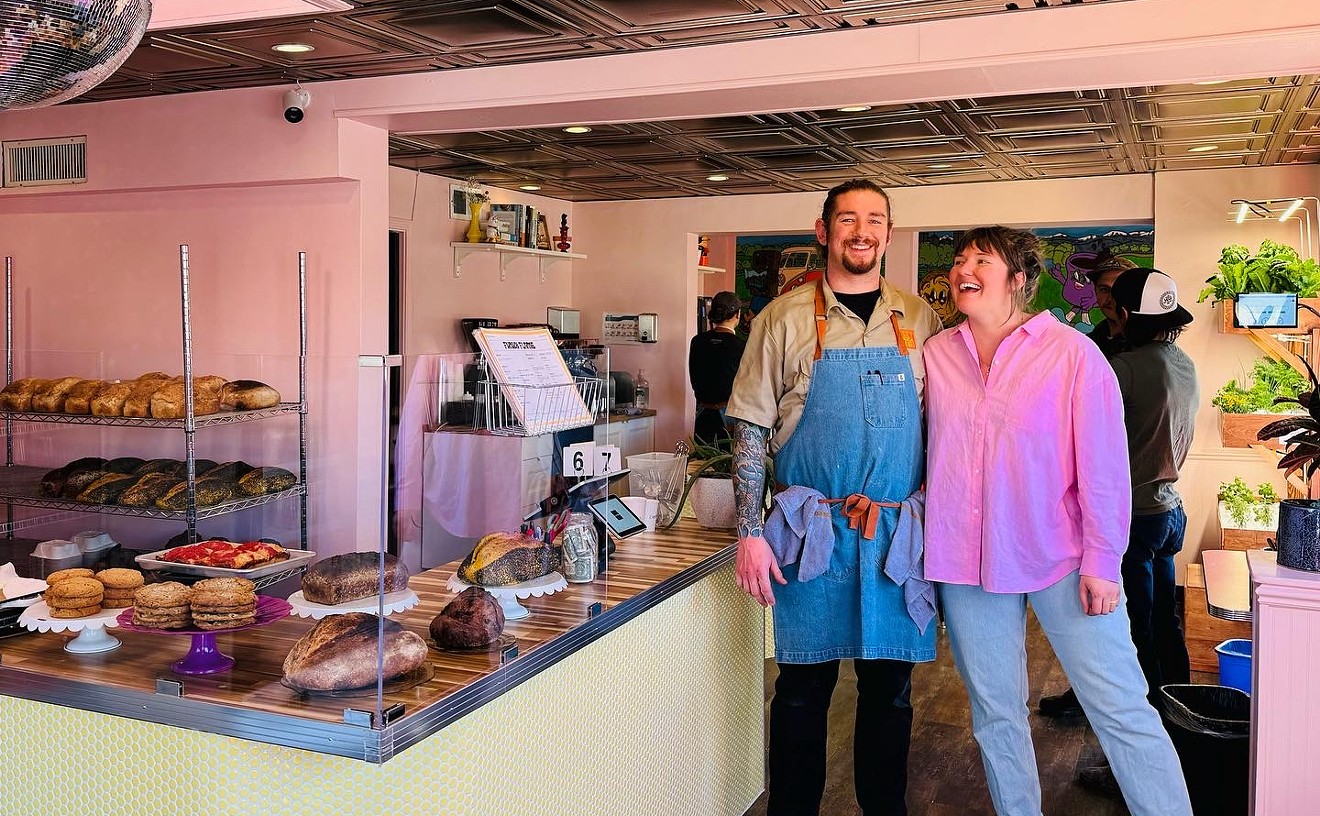Q: My husband and I were given a bottle of moscato as a gift about six years ago. Is it still drinkable, or should I toss it?
Swirl Girl Answers: This is an eternal question in wine: How long should I/can I hold onto a wine before I drink it? As with so many wine-related queries, the answer is, "it depends." Since every wine's ageability varies, it's important to do a little homework when deciding whether to drink or hold. While most red wines almost always continue to improve with time (up to a point, anyway), aging guidelines for white wines aren't nearly as straightforward. Start by researching the varietal for clues on its general aging potential. Another place to look for answers is the producer's website; often the winemaker will post notes on the ideal time to enjoy their wines. Finally, you can Google the specific wine you're wondering about for reviewers' comments, which often include their take on whether the wine will improve with age. For the record, most moscato wines are meant to be drunk while they're fairly young (within about four years). Still, there's only one way to be sure if your wine is still drinkable: Chill it, open it up, give it a taste, and let your palate be the judge!
Q: I was looking for some of your white wine recommendations the other day with no success. Do you have any recommendations for where I should shop?
Swirl Girl Answers: Being a downtown dweller with Champagne tastes and a cava budget, I have to say that Argonaut Wine & Liquors far and away offers the largest wine selection at pretty rock-bottom prices. You'll encounter a bevy of well-trained wine staff to help guide you through the globally-organized aisles. For a completely different wine buying experience, check out SIP Fine Wine & Spirits for its stylish atmosphere, focus on boutique selections, and stellar in-store tastings. Last but not least, I love Marczyk Fine Wines for its laid-back neighborhood-y feel and well-edited array of truly eclectic offerings. Bonus: You can pick up ingredients for a fantastic dinner (to pair with your wine, of course) at its annexed gourmet market, Marczyk Fine Foods. And if you can't find the wine you're looking for in a traditional brick-and-mortar store, you can order just about any wine on the planet from the comfort of your couch: Visit www.wine.com or other internet purveyors.
Q: Whenever I drink wine, I can't seem to identify any of the "fruity" or "spicy" flavors I always hear people talking about tasting. What up with that?
Swirl Girl Answers: A person's ability to identify flavors in wine is as individual as the person themselves. The thing to keep in mind is that the road that leads to tasting certain flavors in wines actually starts in your nose. Begin by familiarizing yourself with common aromas and (and consequently, flavors) found in certain varietals (pinot noir = cherries, sauvignon blanc = lemon and grapefruit). Some people have learned to train their palates by tasting wine alongside the fruit whose flavor it mirrors -- literally taking a bite of cherry, then a sip of the pinot -- to reinforce their skills. Alternatively, the oh-so-handy (and ridiculously cheap at only six dollars) Wine Aroma Wheel (www.winearomawheel.com/), is an amazing visual tool developed in the '80s by a famed University of California Davis ecologist. Super easy to use, it essentially serves to guide you in matching your own aroma and bouquet "memories" to the wines you're drinking. You could also unleash your inner wine geek and scoop up the Aromaster (www.aromaster.com/), which includes a comprehensive set of some 80 commonly found red, white, sweet and sparkling wine aromas and flavors. The price tag for the Aromaster ain't cheap (about $500), but it's been hailed by some as the next best thing to taking formal wine education classes.
Have a wine conundrum? Post your vino question in the comments section below and I'll respond with all the juicy details.










